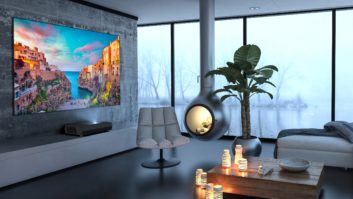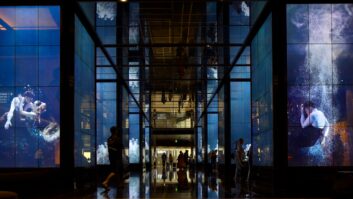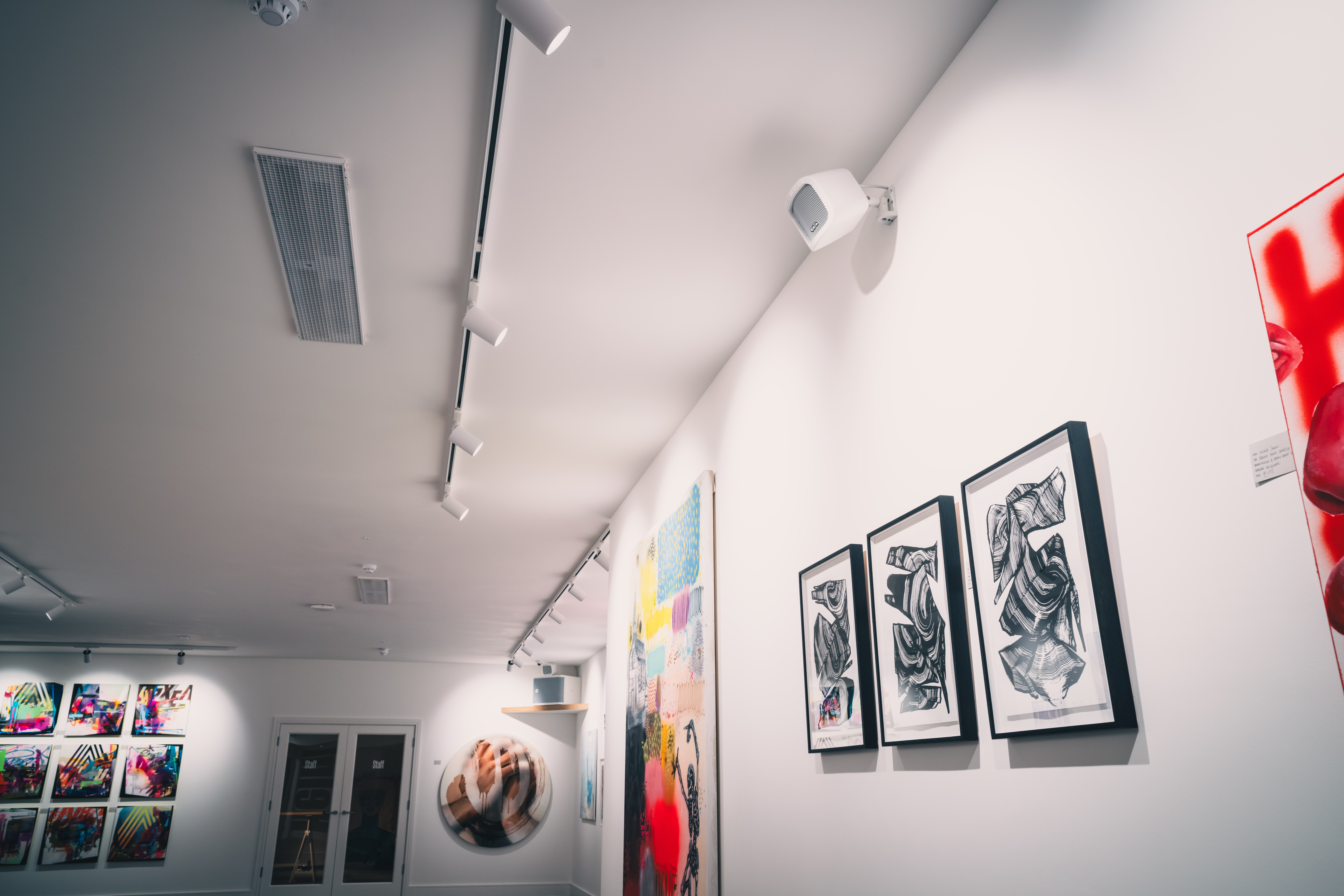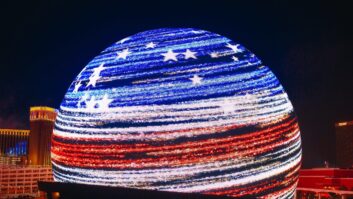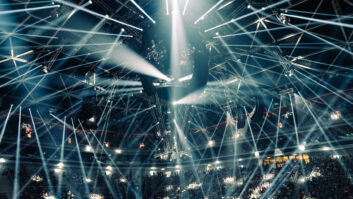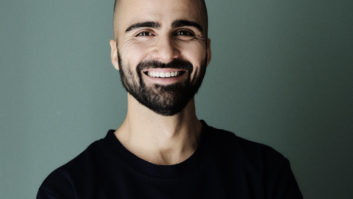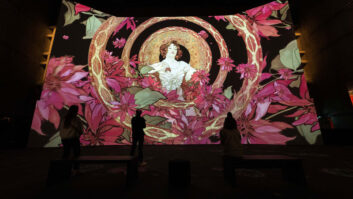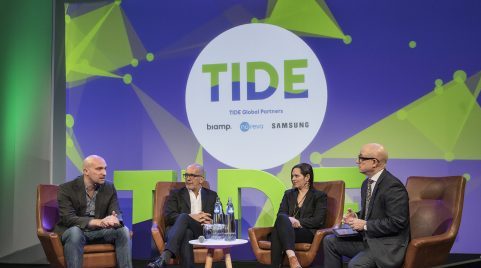
Not every project brief can match that given to event designer Debs Armstrong (founder and director of Strong & Co), but creating spectacular “fire-breathing monsters” at last year’s highly environmental Shangri-La stage at the Glastonbury music festival was one such instruction.
She also recently enjoyed a major commission from Twitter, where branding was more in evidence.
Yesterday’s TIDE conference heard a panel discuss the role of art and the importance of marrying an artist’s creative vision into the overall design brief. Moderated by Kevin Jackson, Armstrong’s view was that art should have a place in the creative process. “The end result can be enjoyable, beautiful and very exciting,” she said.
Armstrong stressed that the Glastonbury brief was pure art and without any hidden agenda
or branding, but the Twitter installation was dependent on technology where art played a major part in the thought process.
Julian Le Bas, creative director and architect at Jack Morton Worldwide, agreed, arguing that good event design must involve art in order to bring the different tensions together, although the panellists agreed that bringing the various parties together – “even over a lunch” – was essential to help make sure that everyone fully understands the brief, and not just their individual view of what’s required.
As well as being an architect, Pedro Gafanho is also director of MATT (the Museum of Art, Architecture & Technology) in Lisbon, and firmly subscribes to the view that art and the AV industry should work together.
“Creativity is an important role in the design but it also plays a part in analysing the brief as to what is really required,” he said. “Artists are often the very people who push the envelope of a brief and help exploit the technology in a compelling direction.”
